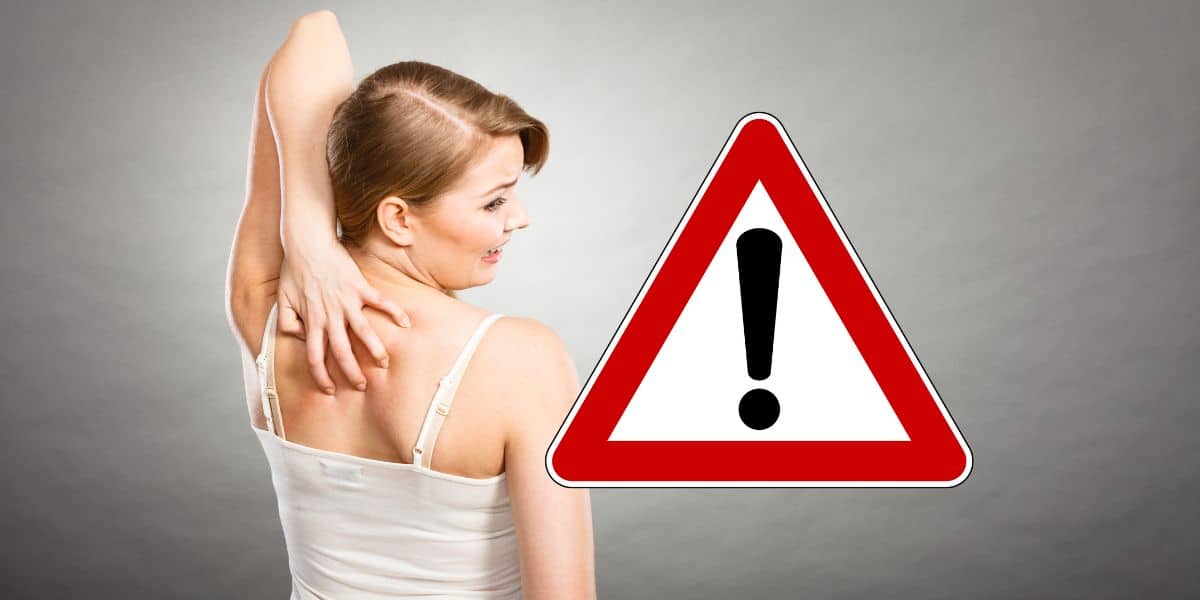Unmasking the Threat Beneath Red Spots: Bacterial Skin Rashes
A bacterial skin rash, often characterized by itchy and blistering red spots, might seem like a common skin issue. But the stakes can be alarmingly high, as it was for an 11-year-old boy who lost his life to a severe strep A infection in 2019. This guide aims to shed light on the potential risks of bacterial skin rashes and offer strategies to prevent them.The Strep A Menace
Group A streptococcal infections, commonly known as Strep A, usually cause mild afflictions like tonsillitis or skin infections. However, when they invade sterile parts of the body, such as the blood or deep muscle tissues, they can lead to fatal diseases like necrotizing fasciitis and streptococcal toxic shock syndrome. A recent warning from the World Health Organization (WHO) in December 2022 highlighted a surge in severe Strep A cases and associated fatalities globally.Differentiating Strep A from Mpox and Chickenpox
Mpox and chickenpox, both viral diseases, can also lead to similar skin lesions. However, they differ from Strep A in terms of their causes, transmission methods, affected populations, and treatment procedures. Both diseases present with flu-like symptoms before the rash's onset, and in some cases, infected individuals can be asymptomatic, meaning they can transmit the virus without having symptoms themselves. Strep A infections, on the other hand, are rarely asymptomatic.Diagnosing and Treating Bacterial Skin Rashes
If you suspect you have a bacterial skin rash, it's imperative to consult a healthcare professional. Diagnostic tests like Gram staining and cultures can identify the causative bacteria. Depending on the type of bacteria involved, treatment could involve antibiotics or antiviral medications. For bacterial infections, knowledge of the bacteria's antimicrobial susceptibility is crucial, as resistance to certain drugs is increasingly common.Protecting Yourself from Bacterial Skin Rashes
Preventing bacterial skin rashes involves avoiding contact with infected individuals and maintaining good hygiene practices. Regular hand washing, not sharing personal items like towels and cutlery, and disinfecting communal surfaces can help limit the spread of infection. If you have any wounds, ensure they are clean and covered until fully healed.Bacterial skin rashes can pose serious health risks, ranging from mild discomfort to life-threatening conditions. Recognizing the potential severity, seeking prompt medical advice, and practicing preventive measures are key to keeping these threats at bay.

There are currently no more comments available.